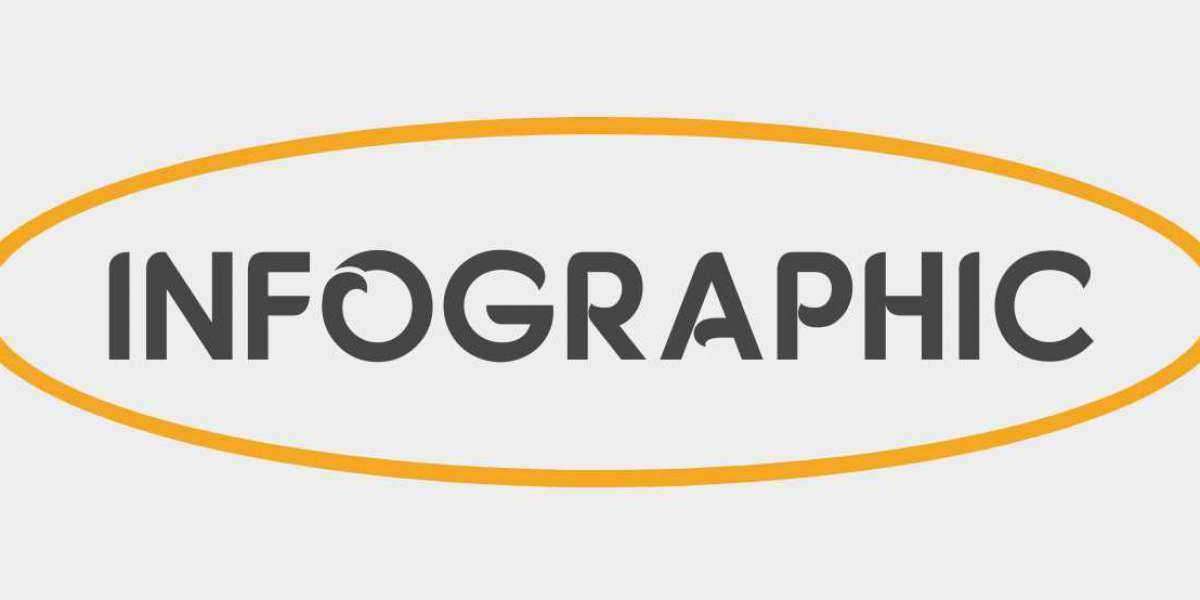Vacuum die casting is a sophisticated metal casting process widely used in industries that demand high-quality and precision components. By injecting molten metal into a die under vacuum conditions, this method reduces gas entrapment and porosity, resulting in parts with superior mechanical properties and surface finish. However, despite its advantages, vacuum die casting is not without challenges. Common issues such as porosity, die soldering, cold shuts, and surface defects can compromise the integrity and appearance of the final product. This article explores the typical problems encountered in vacuum die casting and provides effective troubleshooting strategies to optimize production quality and efficiency.
Understanding and addressing these common problems requires a detailed knowledge of the vacuum die casting process, including the machine setup, material behavior, and die maintenance. By identifying the root causes of defects and implementing corrective actions, manufacturers can enhance yield, reduce scrap rates, and extend die life. Let’s delve into the major challenges faced during vacuum die casting and explore practical solutions for each.
Porosity and Gas Entrapment Issues in Vacuum Die Casting
Porosity is one of the most frequent and problematic defects in vacuum die casting. It occurs when gas becomes trapped inside the molten metal as it solidifies, forming tiny voids that weaken the final casting. Despite the vacuum environment reducing gas content, porosity can still arise due to improper vacuum levels, inadequate venting, or trapped air in the molten metal. This defect not only diminishes mechanical strength but can also lead to leakage in pressure-tight components.
To troubleshoot porosity, start by ensuring that the vacuum system is functioning correctly and achieving the required vacuum pressure. Any leaks or insufficient vacuum suction will allow gas to remain in the molten metal. Additionally, check the venting system of the die. Proper venting channels allow trapped air and gases to escape before metal injection. Using degassed and properly prepared molten metal, along with controlling metal temperature, can also reduce gas entrapment. Regular maintenance of vacuum pumps and die vents is critical to minimize porosity in vacuum die casting.
Die Soldering and Metal Adhesion Challenges
Die soldering is another common issue in vacuum die casting where molten metal adheres to the die surface during casting, causing defects in the next cycles. This problem results from poor die surface conditions, inadequate lubrication, or incorrect temperature control. When soldering occurs, it can lead to rough surfaces, dimensional inaccuracies, and premature die wear, all of which compromise the quality and lifespan of the die.
To mitigate die soldering, it is essential to maintain proper die temperature and apply effective lubricants designed for vacuum die casting environments. The lubricant must be compatible with the die material and should be applied uniformly to prevent metal from sticking. Moreover, frequent cleaning and polishing of the die surface help maintain smoothness and reduce adhesion risks. Temperature control plays a vital role—too high or too low die temperatures can both contribute to soldering, so keeping the die within optimal thermal ranges is crucial for preventing this defect.
Cold Shuts and Incomplete Filling Defects
Cold shuts occur when two metal flow fronts fail to fuse properly during casting, leaving visible lines or weak joints in the component. In vacuum die casting, cold shuts typically result from improper metal flow, low metal temperature, or slow injection speeds. Incomplete filling, on the other hand, happens when the molten metal does not entirely fill the die cavity, causing missing sections or thin walls in the part. Both defects are detrimental to product integrity and must be addressed promptly.
To resolve cold shuts and incomplete filling, first optimize the injection parameters, including metal temperature, injection speed, and pressure. Higher metal temperatures improve fluidity, reducing the risk of cold shuts. Injection speed should be fast enough to ensure the die cavity fills completely before solidification begins but not so fast that it causes turbulence or gas entrapment. Additionally, ensure the gating system and die design promote smooth metal flow without sharp corners or abrupt transitions that can disrupt metal movement. Adjusting these factors often results in improved casting consistency and fewer defects.
Surface Defects: Dross, Scorching, and Rough Textures
Surface defects in vacuum die casting can include dross formation, scorching marks, and rough or uneven textures. Dross refers to oxide layers or impurities trapped on the surface of the molten metal, which can lead to weak spots and poor aesthetics. Scorching occurs when overheating causes localized burning or discoloration on the casting surface. Rough textures are often caused by die surface wear or improper metal flow, leading to a lack of smoothness and visual defects.
Preventing surface defects starts with careful control of molten metal quality and temperature. Filtering the metal to remove oxides and impurities before injection can significantly reduce dross formation. Maintaining a clean and well-maintained die surface also helps prevent rough textures. Scorching is often avoided by regulating the metal and die temperatures and ensuring rapid but controlled injection. Using proper lubricants and maintaining die cooling systems will keep surface conditions stable and improve the overall finish of vacuum die cast parts.
Die Maintenance and Longevity in Vacuum Die Casting
Maintaining die health is vital to minimizing production downtime and ensuring consistent casting quality in vacuum die casting. Dies are subjected to extreme pressures, temperatures, and mechanical stresses, which can cause wear, cracking, and other damage over time. Poor die maintenance not only leads to frequent defects but also increases operational costs due to repairs or replacements.
Routine inspection and preventive maintenance schedules should be established, including cleaning, polishing, and repairing worn areas. Monitoring die temperature and lubricating systems helps avoid thermal fatigue and mechanical stress. Using high-quality die materials and coatings can extend die life. Additionally, tracking the number of casting cycles per die and analyzing defect trends can provide insights into when maintenance or die replacement is necessary. Proactive die care is a key factor in achieving reliable and efficient vacuum die casting operations.
Conclusion
Vacuum die casting is an advanced process that produces high-quality metal parts with excellent mechanical properties and surface finishes. However, common issues such as porosity, die soldering, cold shuts, surface defects, and die wear can affect production outcomes. Troubleshooting these problems involves a comprehensive approach including optimizing process parameters, ensuring proper vacuum and venting, maintaining die surfaces, and performing regular maintenance.
By understanding the causes and remedies for these typical defects, manufacturers can enhance the efficiency and reliability of vacuum die casting. Investing in proper training, equipment upkeep, and process control will ultimately lead to better part quality, reduced scrap rates, and longer die life, making vacuum die casting a robust choice for precision metal manufacturing.






